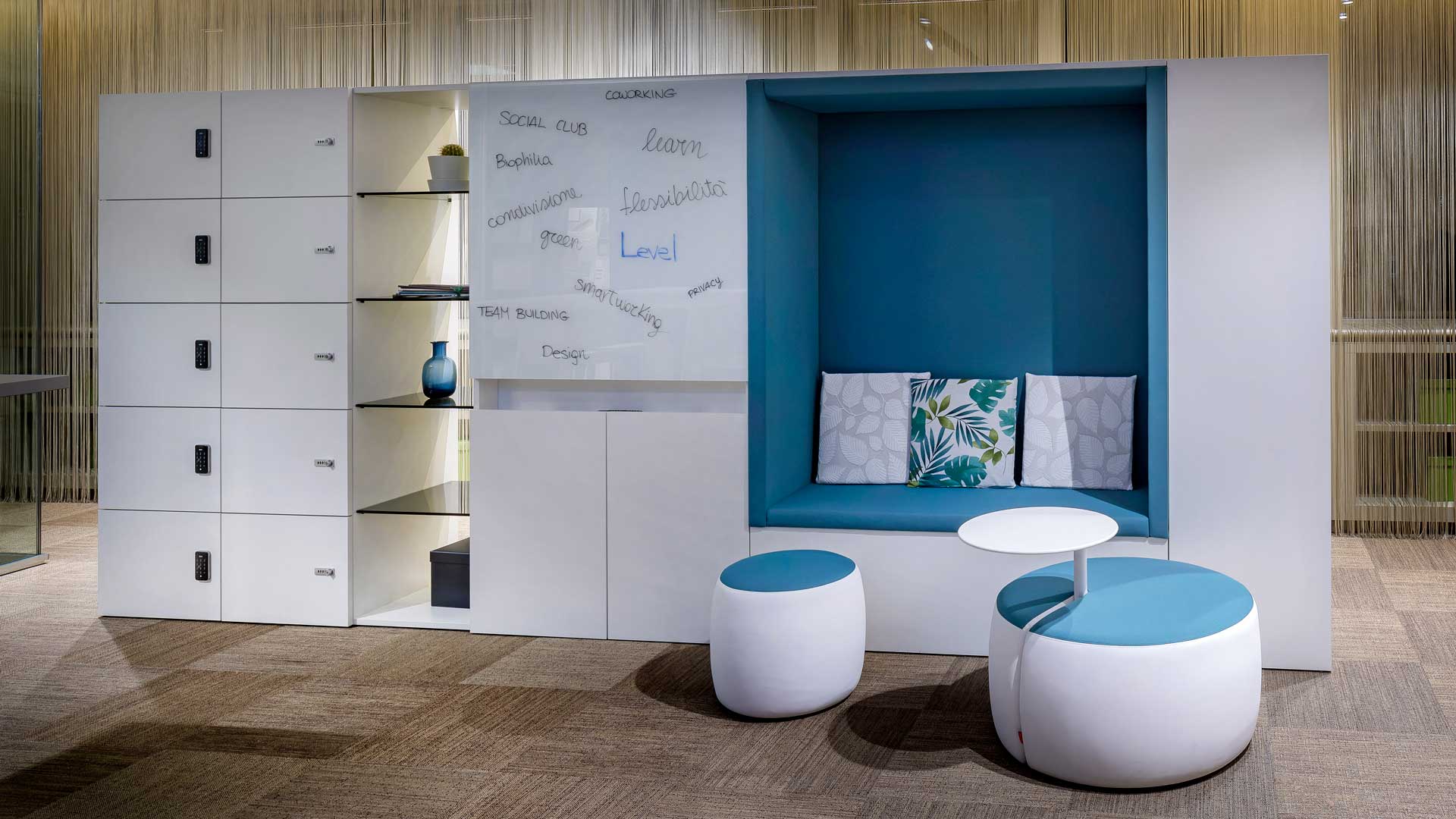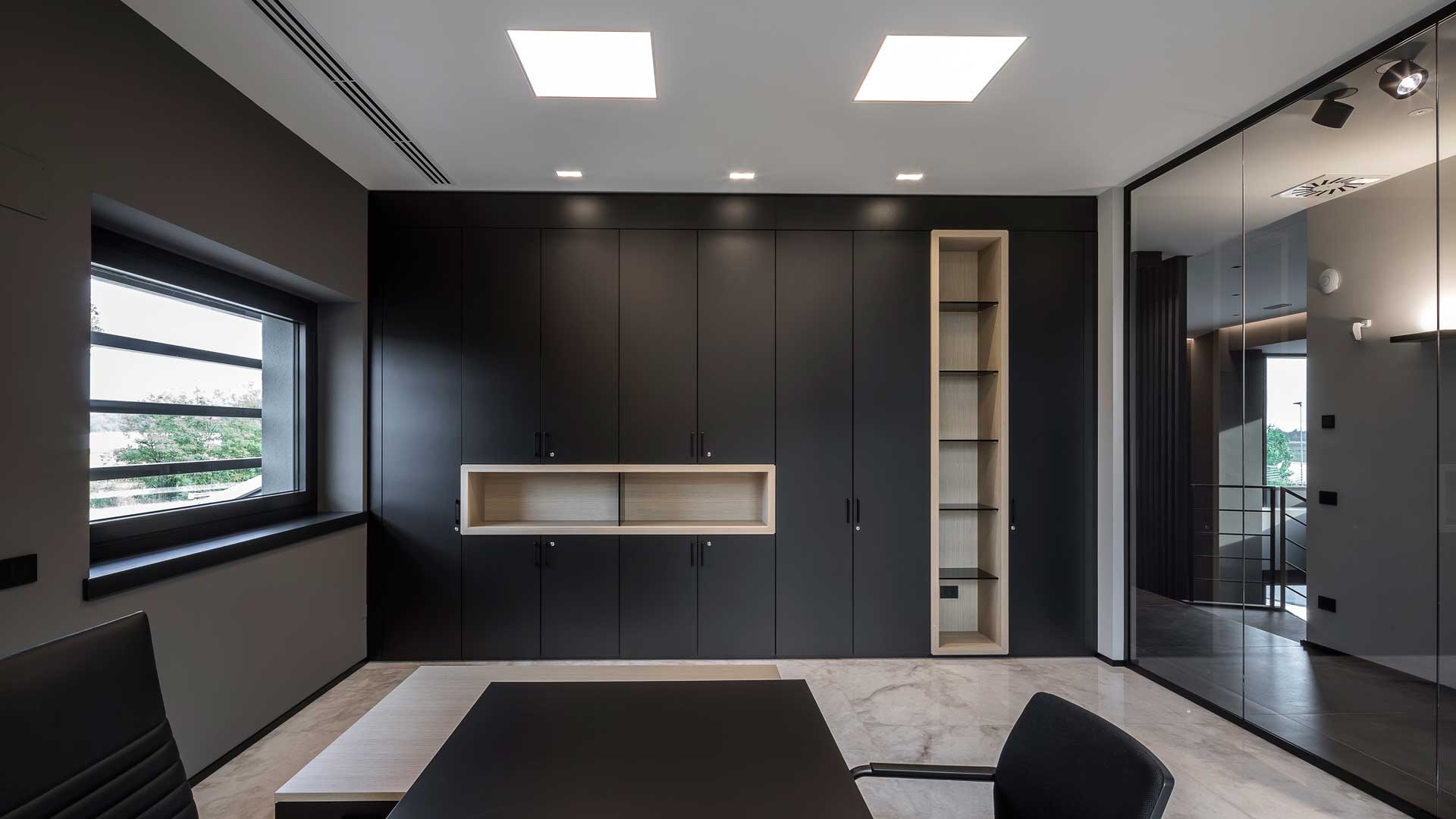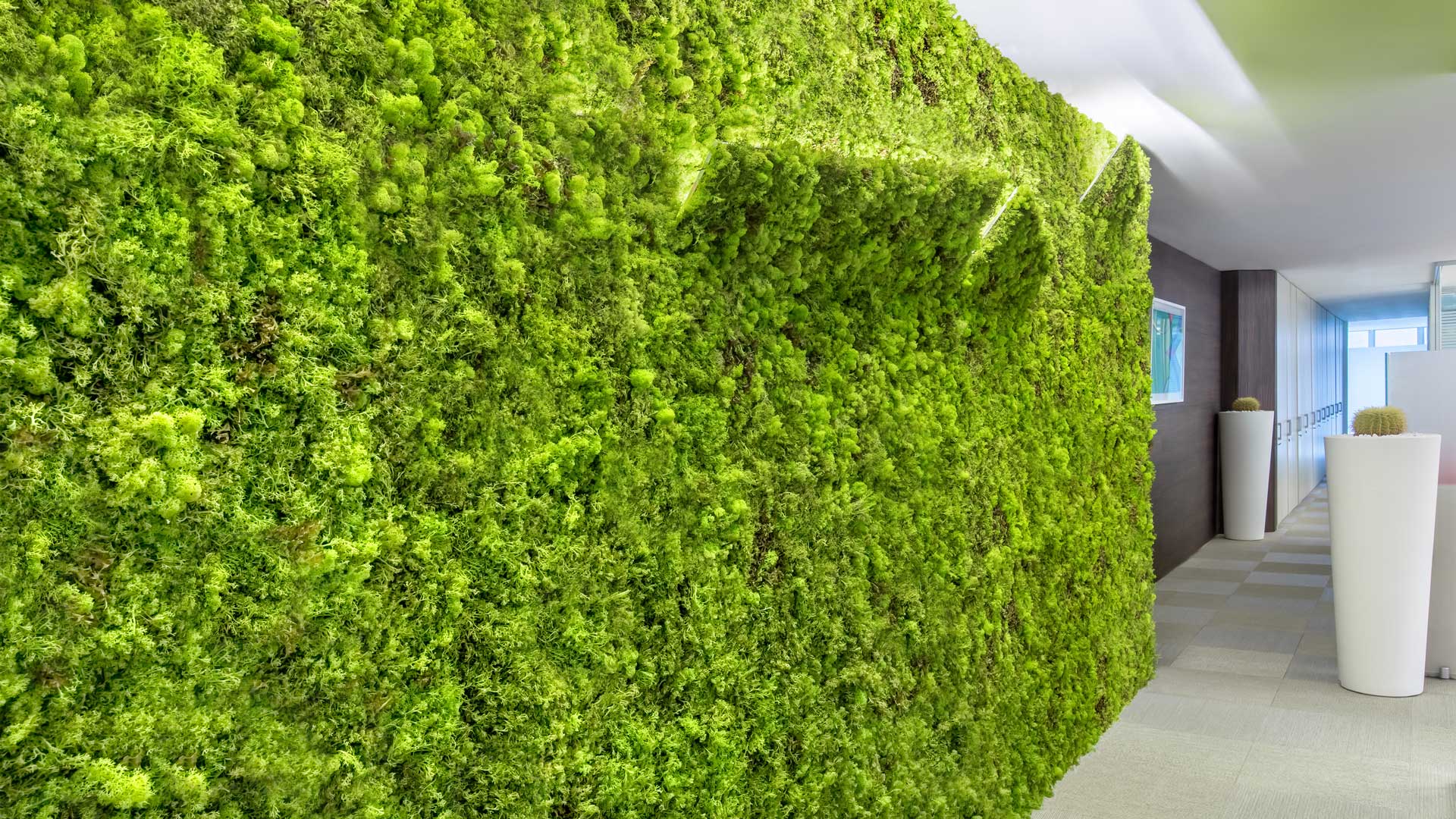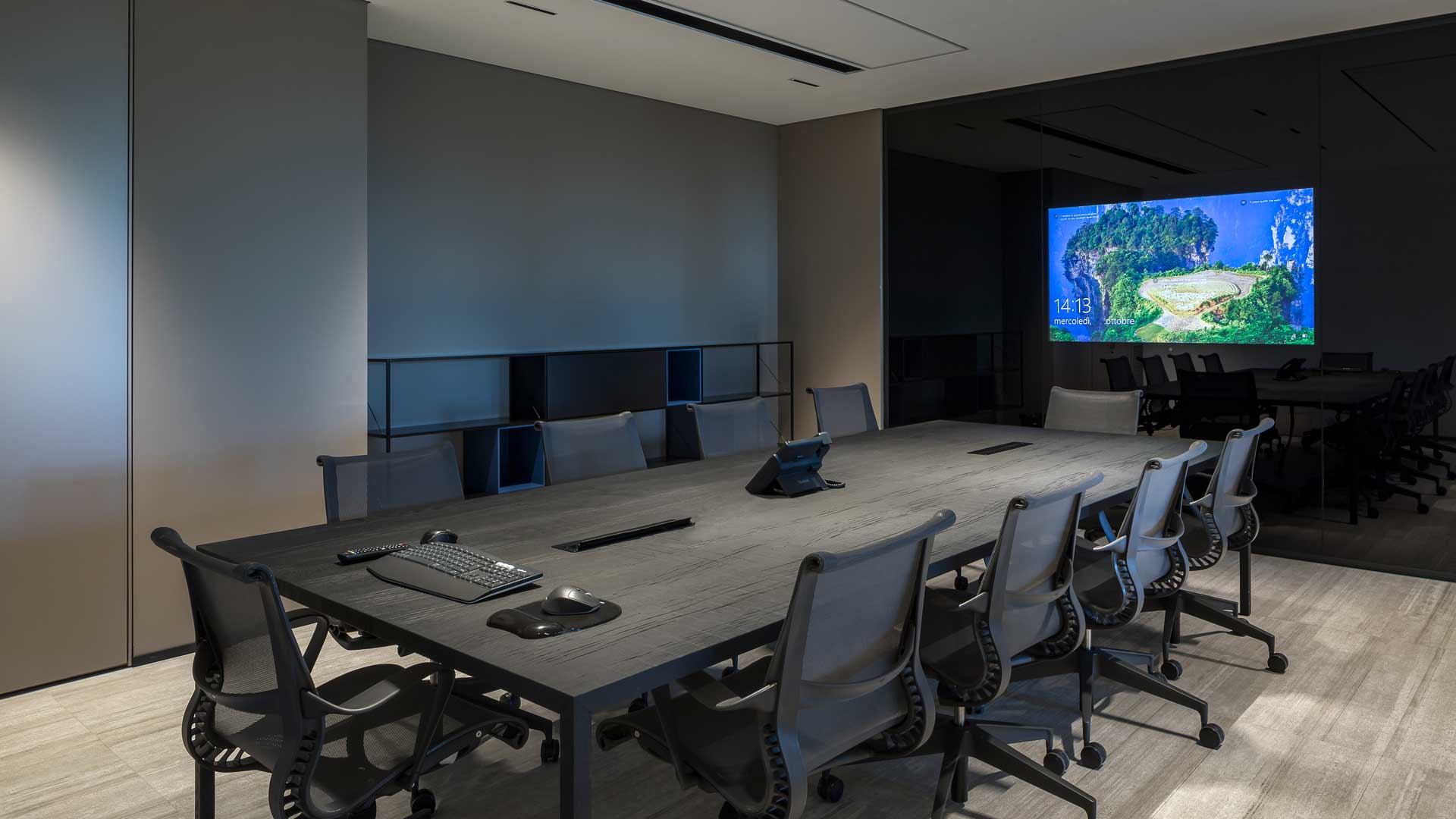To limit smart working and “convince” workers to be back at office, research says that companies must focus on the aesthetics of the workplace. In fact, comfort is loudly requested by professionals to spend more time with colleagues. Design, sustainability and technological integration are therefore the new drivers for the design of workspaces.
How to Attract Talents to the Office Through Design
“Give them a nice office, and the employees will come back.” It almost sounds like one of the commandments, but it’s actually simply the secret to getting a large chunk of workers back to spending their day in corporate headquarters.
This was revealed by a research by Tétris, a company headed by the JLL group, which analyzed the change in the needs and expectations of professionals in relation to the workplace. The adoption of technology and the two lockdowns have demonstrated that many tasks can also be performed remotely, with the hybrid work, which allows employees to alternate their presence in the office and better balance the relationship between private and professional life.
In recent months, however, many companies are “calling back” their employees, inviting them to spend more time at the office. To be successful, they must consider many factors and make the workplace more comfortable and attractive. Here’s what the research published in June 2023 says.
Promote Hospitality

Probably, you already heard about the “hotelization of offices” to indicate the tendency to make workplaces increasingly similar to the lobbies of large hotels.
Well, Tétris says the time has come to make this phenomenon active, imagining the office as a destination to connect with other colleagues, in a comfortable, flexible and welcoming environment. In fact, 43% of companies are investing in wellness and health services, offering their employees new entertainment spaces, bars and libraries within the headquarters. Gyms and nurseries cannot be missing to facilitate the mobility of parents who haven’t the chance to invest large amounts of money in private babysitter services.
All of these new environments will be the driver to bring workers back to the office and foster a sense of belonging, encouraging people to work “together live” again. Companies without large spaces available to implement these services, as well as providing conventions to employees, can start designing a relaxation area with a kitchenette, where people can have recreational moments, but also work in a more informal situation, even holding short meetings.
Systems such as Ever Evolving System by Level Office Landscape are instead designed to create hybrid spaces where operational and relaxation areas coexist and encourage activity-based working.
Rethink the Layout to Attract Talents to the Office

The research showed that 73% of companies intend to eliminate single desks in the short term, implementing collaborative areas with modular furniture. The goal? Promote creativity and productivity by increasingly personalizing the office environment. The occupation of the workstations, in fact, is influenced by the presence in the workplace and, the collaborative methods that seem to be trending today, make the shared benches more suitable rather than single desks. Storage units that separate the space, glass partition walls and acoustic screens are office furniture which encourage exchange and socialisation, but also privacy and focus work (when necessary).
Territorial Design

No longer photocopied headquarters in Milan, London, New York and Hong Kong, but workplaces with their own territorial identity, connected to the fabric and social stratum of the territory that hosts them. Among the needs of workers, sustainability emerges strongly, combined with the search for a positive impact on the surrounding environment. This is why employees expect the office to focus on design for greater hospitality and intersect with the discipline of art, to bring beauty and characterize spaces, through cultural artefacts and materials typical of the surroundings.
Furthermore, the green element is fundamental today: 37% of companies are planning to renovate their headquarters to make it more efficient in terms of energy consumption, while the reuse of materials, plastic-free and proper waste disposal will help lower the corporate carbon footprint. Furthermore, 74% of companies say they are inclined to spend more if the solutions proposed for the restructuring envisage ethical and sustainable principles.
The Role of Technology to Attract Talents to the Office

In addition to simplifying and making employees’ daily work more efficient, technology is an excellent ally in terms of optimizing operations, productivity and sustainability (both for the planet and for people’s well-being). In the next few years we will see the implementation of sensors, cameras and workplace monitoring and management systems, to verify the real levels of occupancy and adjust energy consumption accordingly, with a positive impact on CO2 emissions.
Artificial Intelligence will also represent an impulse to increase productivity at the office: 69% of the companies examined by the research already use it (or will start by the end of 2023). 55% plan to acquire immersive technologies and use virtual reality by 2025. This will translate into new ways of conducting meetings remotely, with the use of 3D projections to reduce the barriers between colleagues working in different locations.
Therefore, by investing in design and technology, companies will be able to attract talents to the office again and obtain an increase in employee productivity and well-being.
